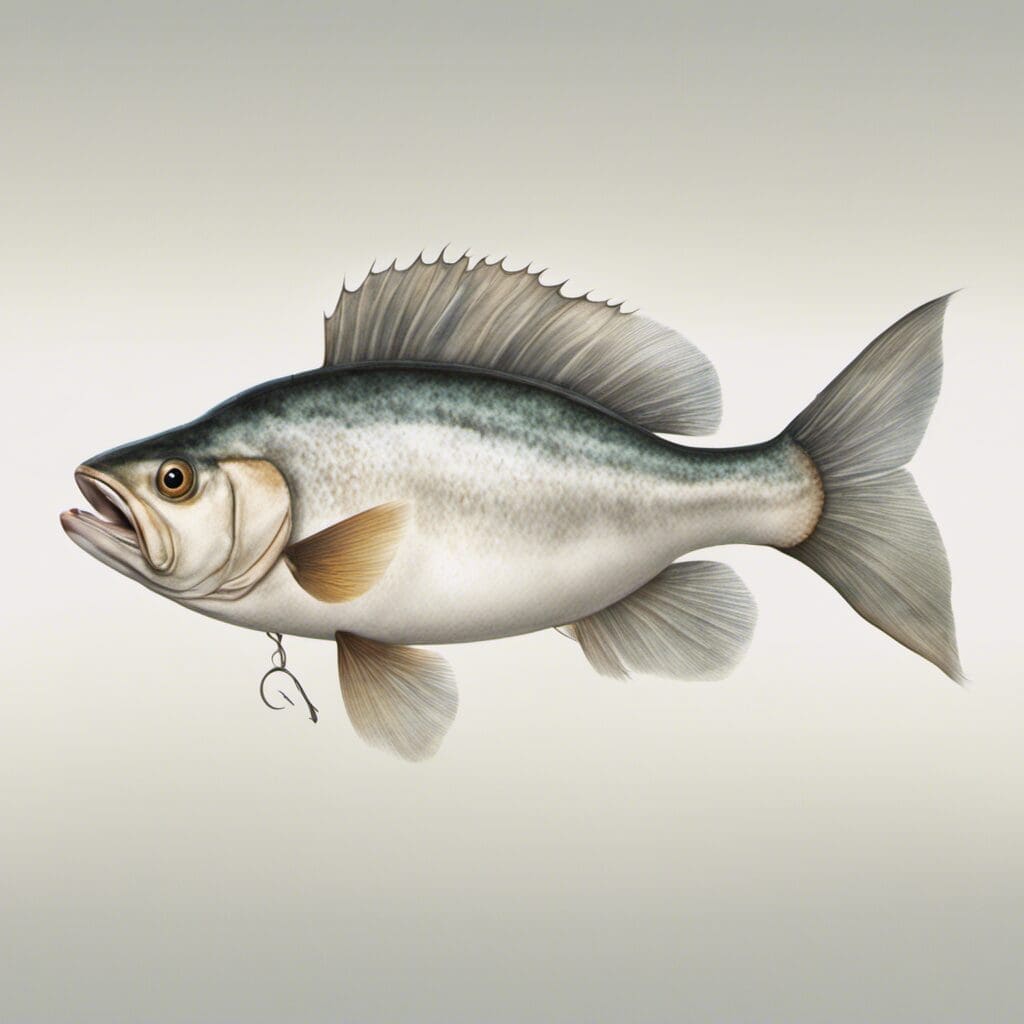Introduction
Known as the White Margate, the species is a part of the Grunt family. Scientifically referred to as Anisotremus virginicus, it is part of the Haemulidae family. These fish inhabit the warmer temperate and tropical waters of the Western Atlantic Ocean.
Conservation Status
The current conservation status of the White Margate is classified as ’Least Concern’ under the IUCN Red List. There are no imminent threats to their population and no major conservation efforts are required, however, they are monitored to ensure no drastic changes in population occur.
Statistics
| Average | Range | |
|---|---|---|
| Length | 14 inches | 12-17 inches |
| Weight | 1.5 pounds | 1-2 pounds |
| Average Lifespan | 15 years |
Distribution
The White Margate primarily resides in the Western Atlantic from Bermuda and the U.S. south to Brazil. They prefer reefs in offshore waters. There is no known migration pattern for this species.
Habitats
These species prefer the tropical and warm temperate waters of the Atlantic Ocean. They are predominantly found in depths ranging from 10 to 30 meters but have been recorded at depths of up to 55 meters. Their preferred temperature range is 24 to 28 degrees Celsius.
When and Where to See
The White Margate can be seen throughout the year, but they are most active during the day.
Best Fishing Locations
The top places for fishing the White Margate are:
- Bermuda
- Florida Keys, USA
- The Bahamas
- Cuba
- Brazil
Should you wish to find the species in locations not listed, look for them in warm tropical and temperate Atlantic waters near reefs.
How to Catch
White Margate are attracted by a variety of baits including squid, cut bait, and shrimp. They can be caught using different fishing techniques like bottom fishing and trolling.
Identification Guide
The White Margate has a silvery white body with blue reflections on the upper part. It has a pointed snout and its dorsal fin is divided into two parts.
Culinary
White Margate is a flavor-rich fish ideal for grilling, baking, and frying. It is a low-fat, high protein fish packed with omega 3 fatty acids. Recipes like Grilled Margate with Lemon and Herbs or Margate ceviche are popular.
Additional Information
White Margate is a nocturnal fish and feeds mostly on crabs, shrimps, and other small fish. One of its known predators is the Atlantic Tarpon. It’s not stated whether it has any cultural or historical significance.
References and Further Reading
- Florida Museum of Natural History, www.floridamuseum.ufl.edu
- FishBase, www.fishbase.de

